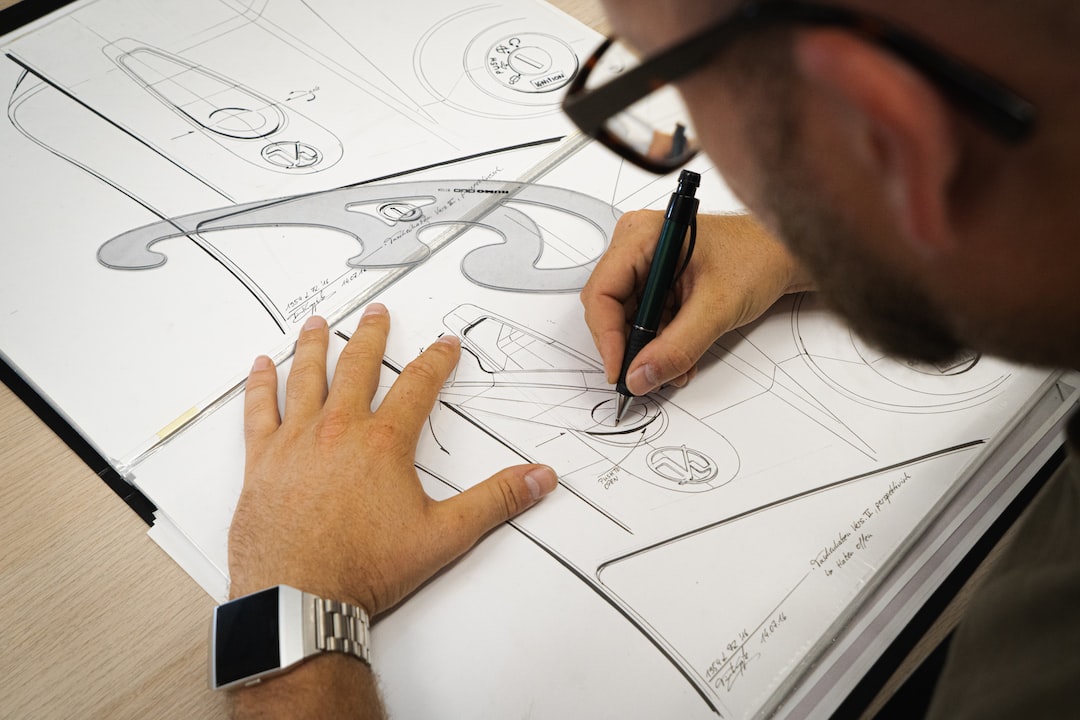The world around us is filled with colors of various shades and hues. From the vibrant red of a rose to the calming blue of the ocean, colors have the power to evoke emotions and create a lasting impact. In the realm of design, understanding the psychology of color is crucial to creating effective and engaging visuals.
Color psychology is the study of how different colors impact human behavior and emotions. It has been used for centuries to influence our thoughts, actions, and even our purchasing decisions. By harnessing the power of color, designers can enhance the overall aesthetic appeal and effectiveness of their creations.
One of the fundamental aspects of color psychology is the understanding of color associations. Different colors have different meanings in different cultures, making it essential to consider the target audience. For example, blue is often associated with tranquility and trustworthiness, while red is associated with passion and energy. By carefully choosing colors that align with the desired message, designers can create a strong visual impact on viewers.
In addition to color associations, colors can also evoke specific emotions. Warm colors such as red, orange, and yellow tend to create a sense of energy and excitement, making them ideal for designs aimed at grabbing attention. On the other hand, cool colors like blue and green are known for their calming and soothing effects. These colors are often used in designs promoting relaxation or serenity.
Moreover, the combination of colors can greatly influence the overall perception of a design. Complementary colors, those opposite each other on the color wheel, create a strong contrast and can be visually striking. Analogous colors, which sit next to each other on the wheel, create a harmonious and cohesive effect. Designers must carefully consider color harmonies and contrasts to enhance the visual appeal of their creations.
Furthermore, color psychology plays a significant role in branding and marketing. Brands often use specific colors to create a strong brand identity and evoke certain emotions in their customers. For example, many fast-food chains use red and yellow in their logos and interior designs to promote a sense of urgency and excitement. Understanding how colors are perceived by consumers can help designers create powerful brand experiences that resonate with their target audience.
In conclusion, the power of color cannot be underestimated in the field of design. By understanding color psychology and the impact of different colors on emotions and behavior, designers can create visually appealing and emotionally impactful designs. Whether it’s the choice of colors, the combination of hues, or the use of contrasting and harmonious tones, color psychology should be an essential consideration in any design project. So, next time you embark on a creative venture, harness the power of color to enhance your design and make a lasting impression on your audience.

